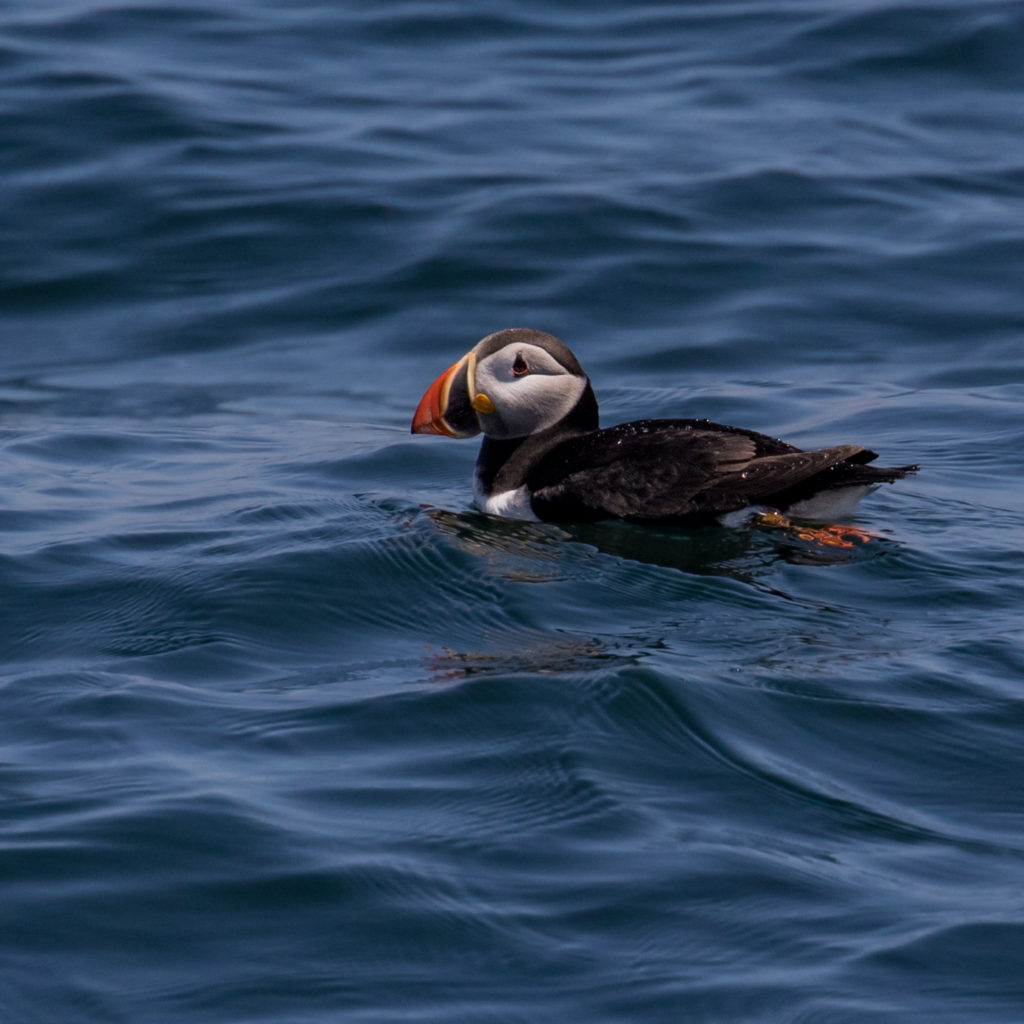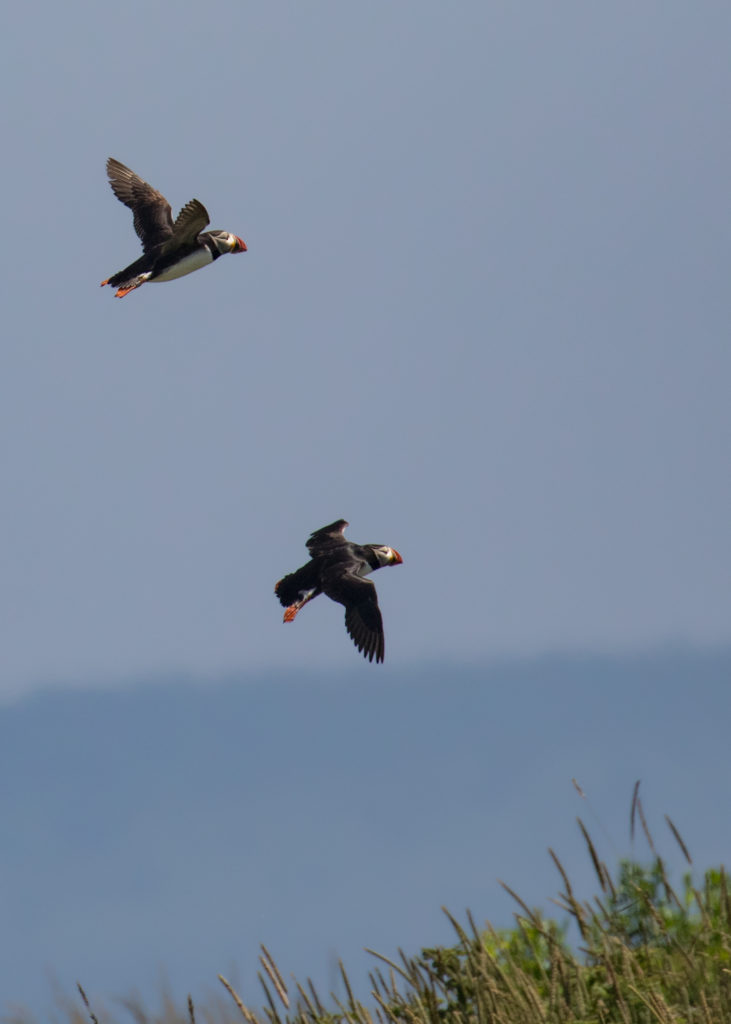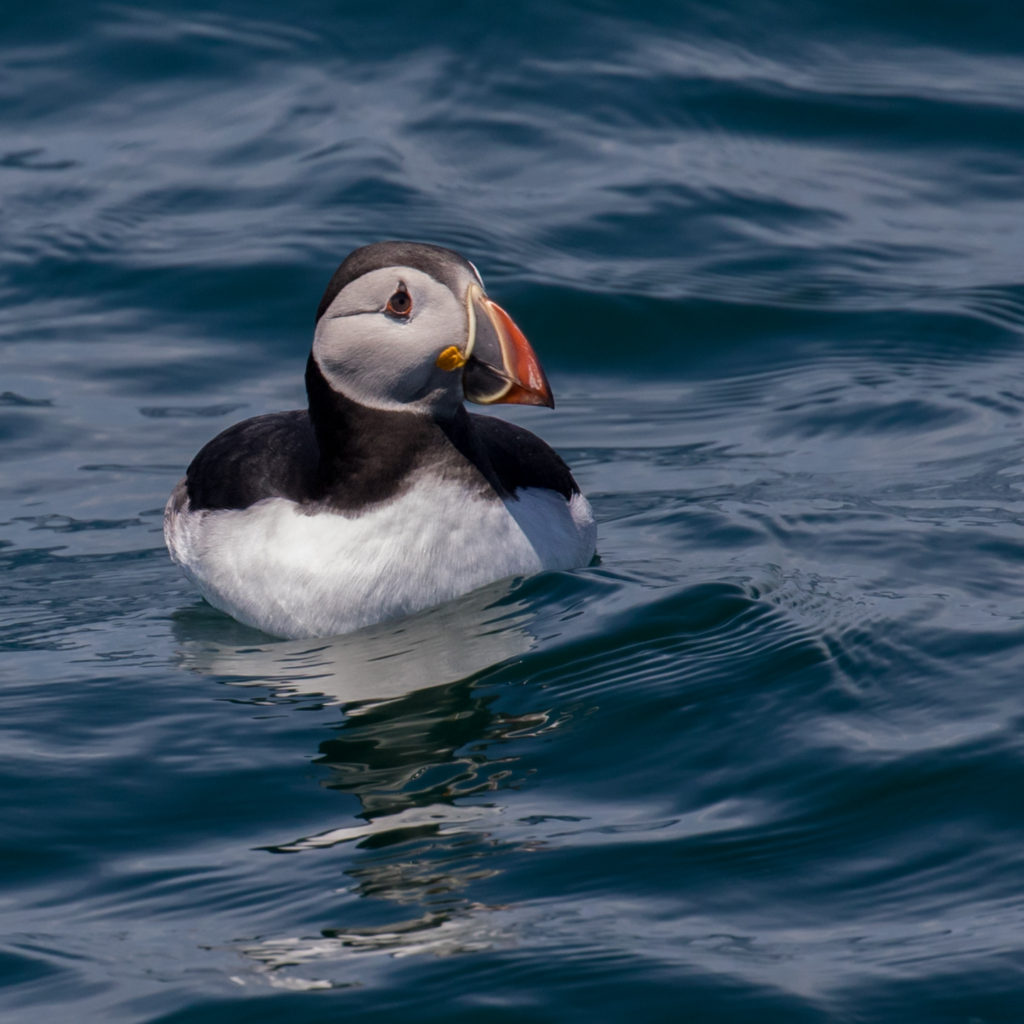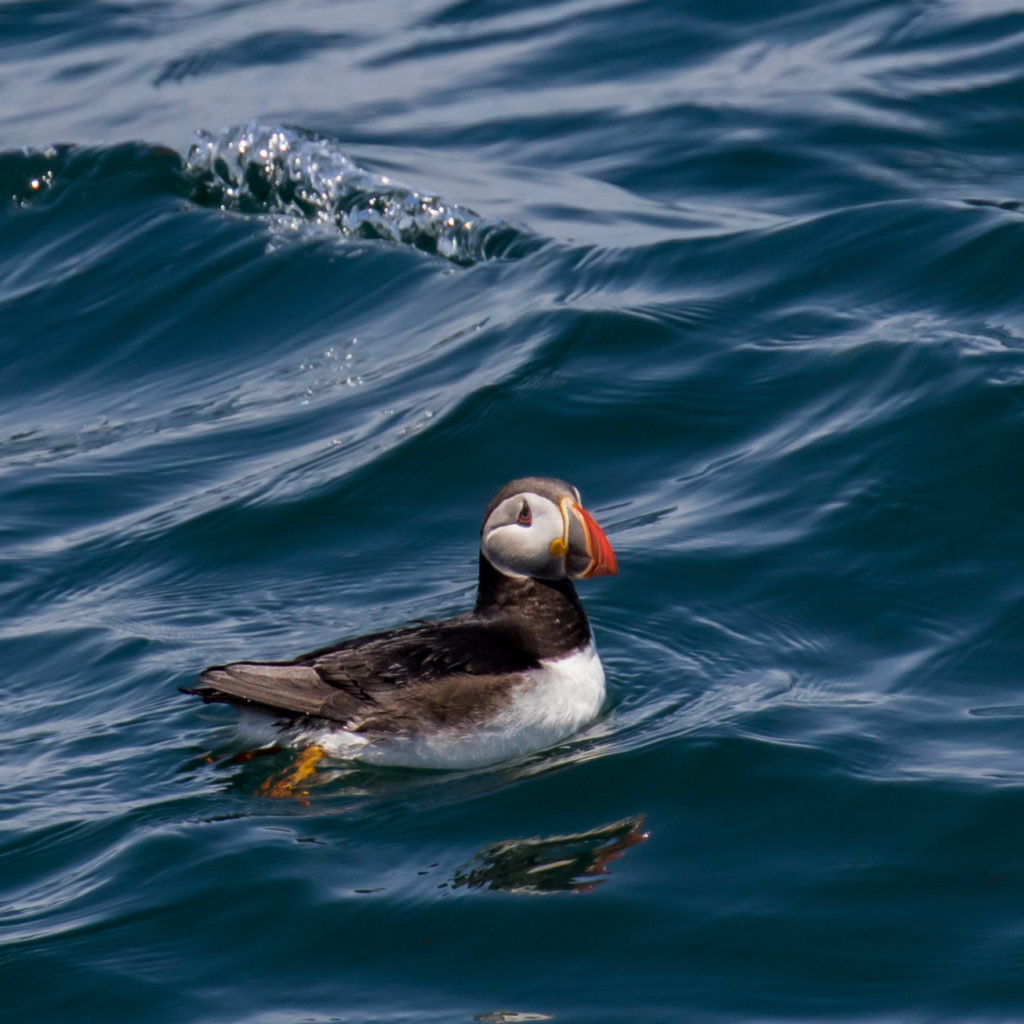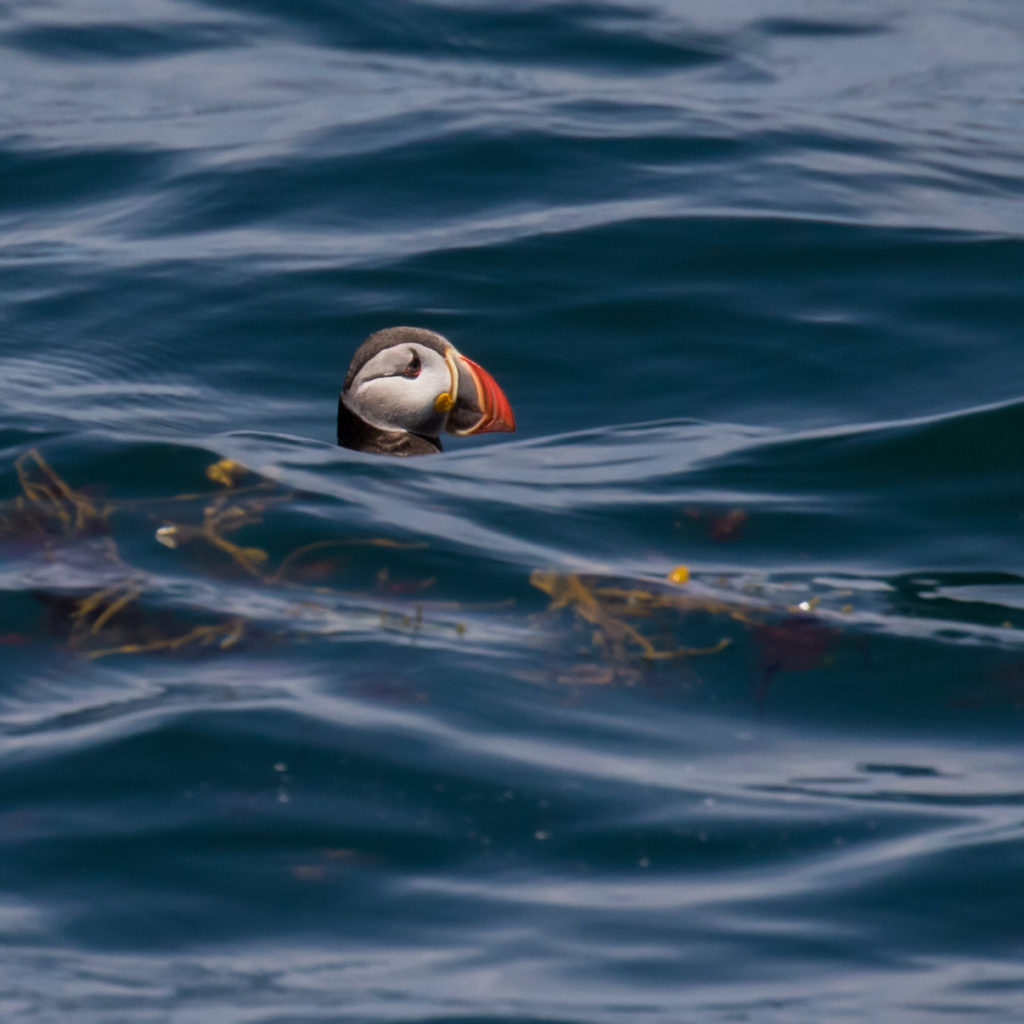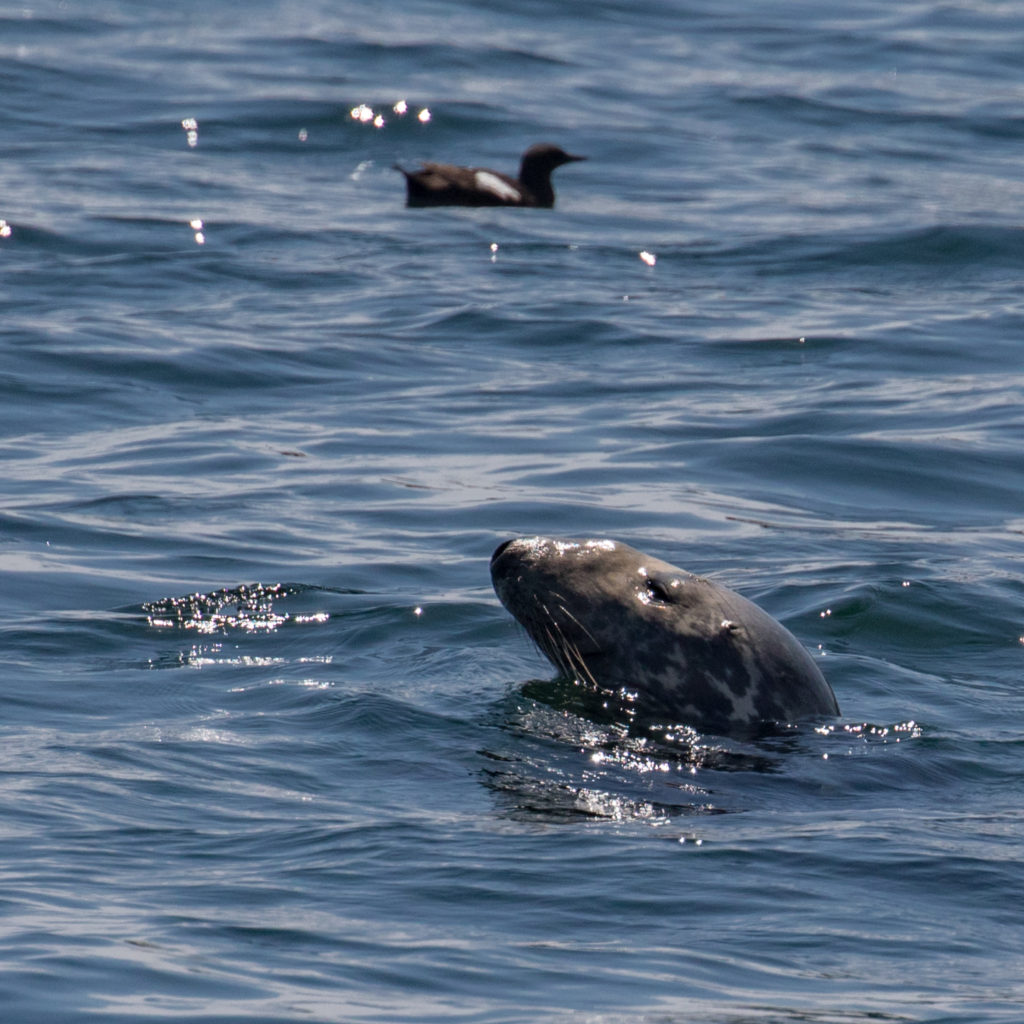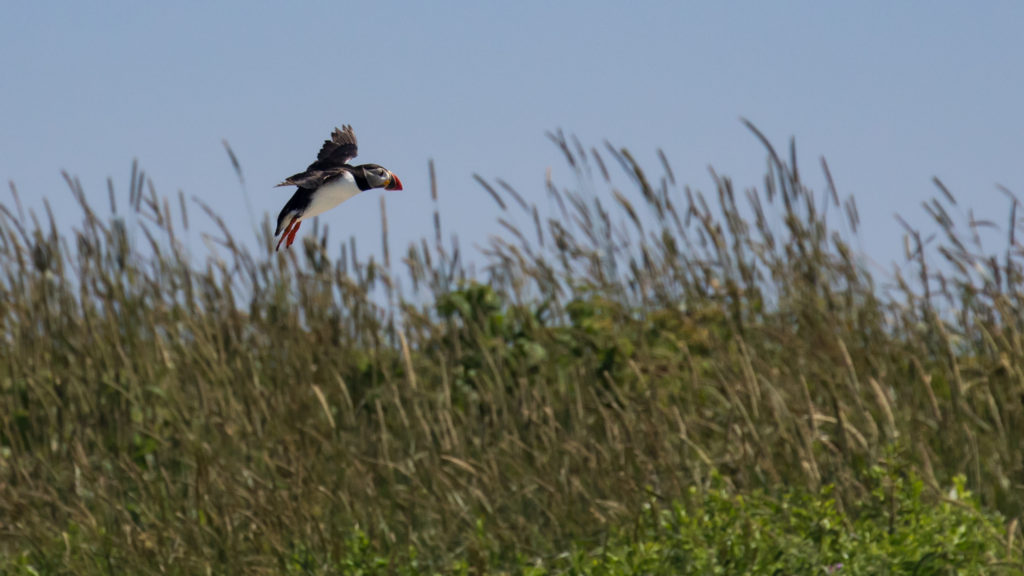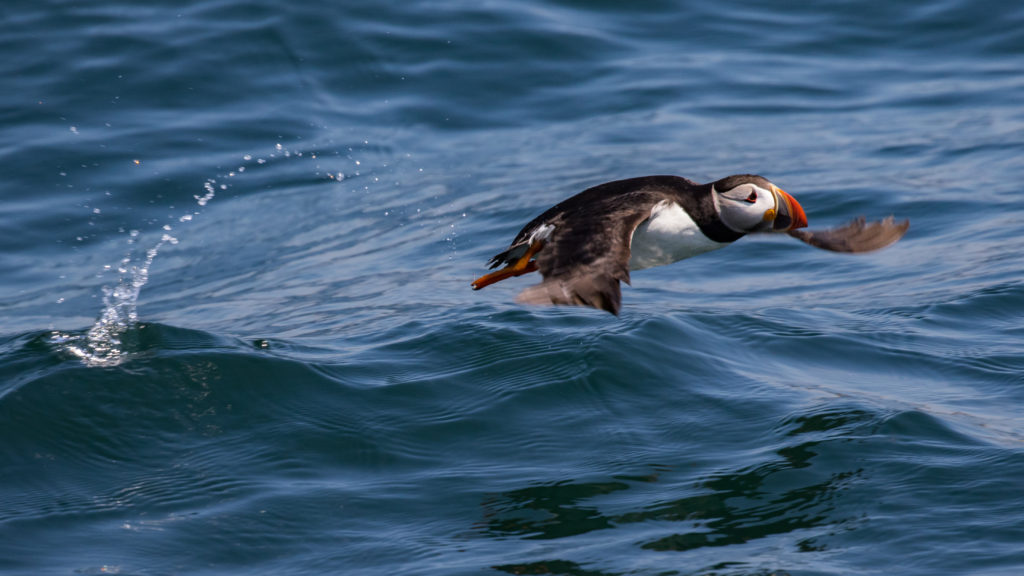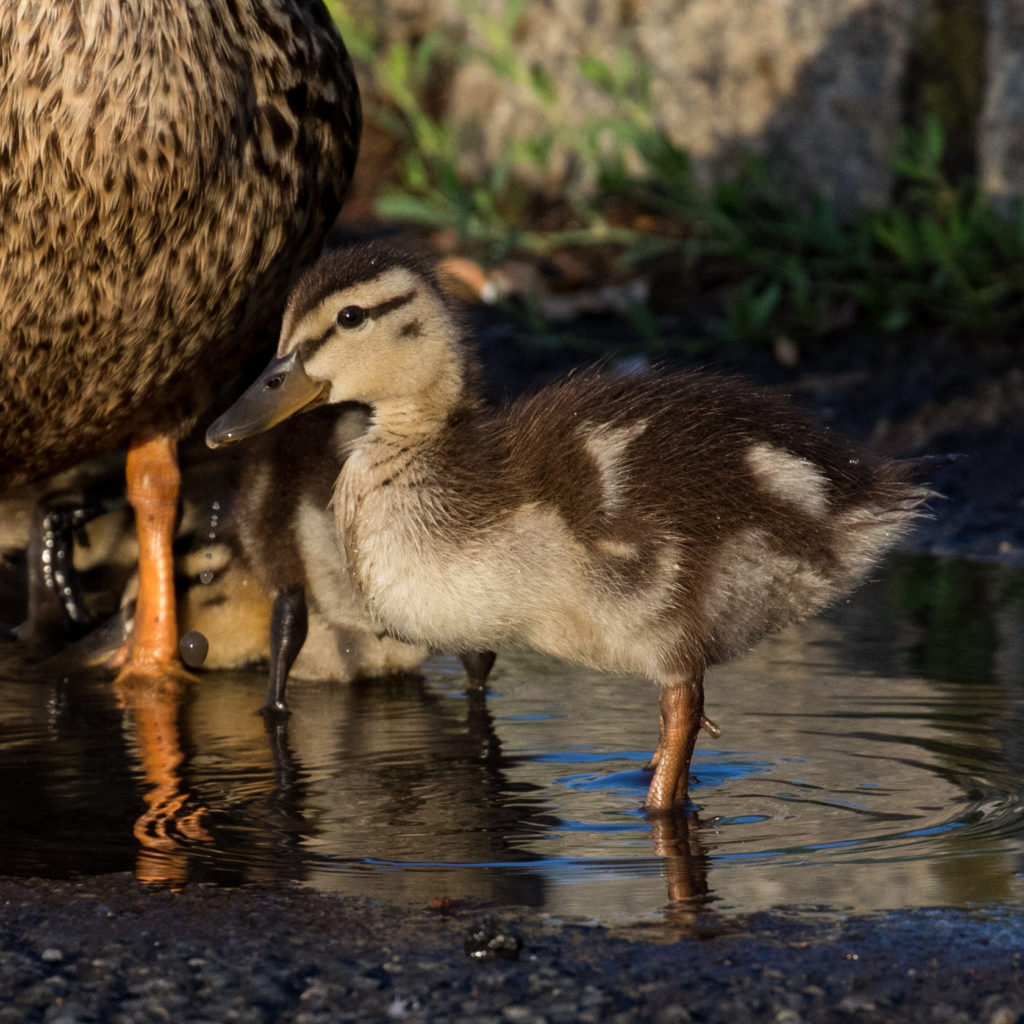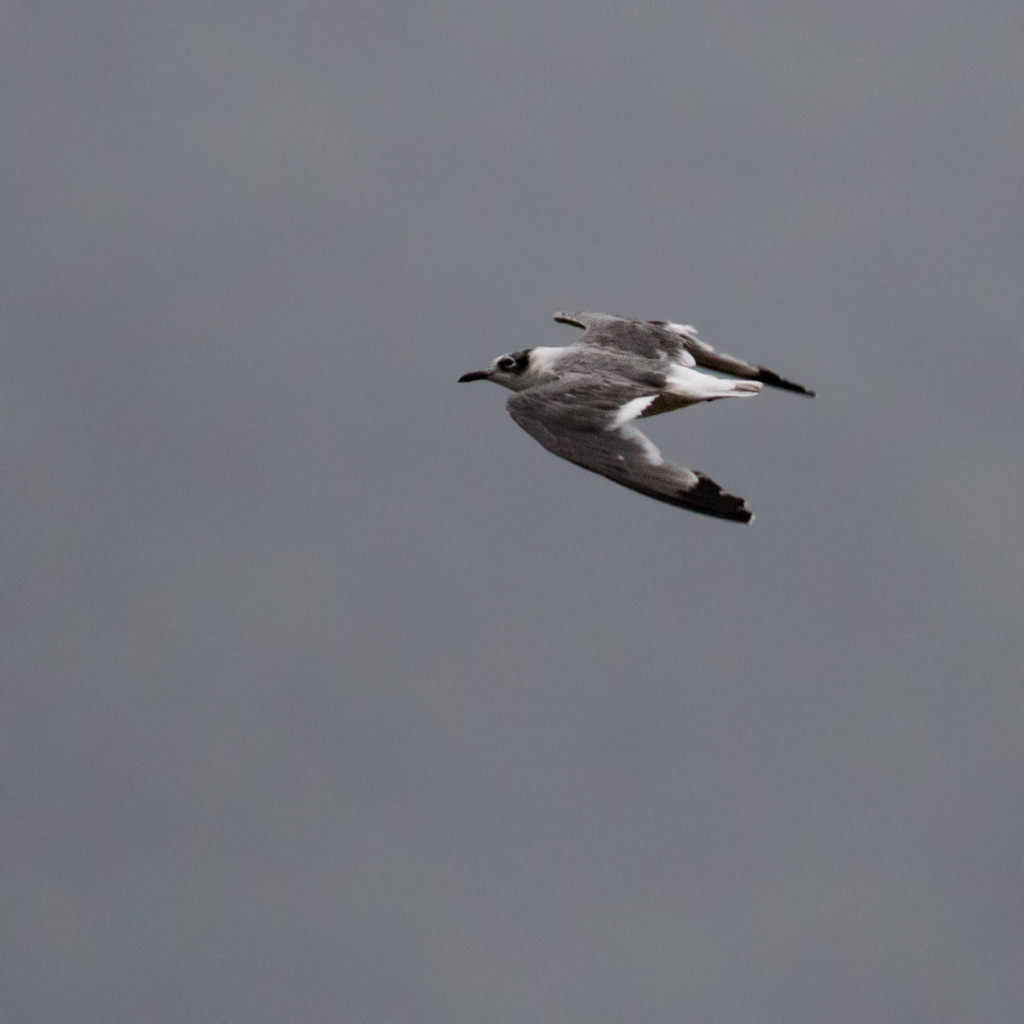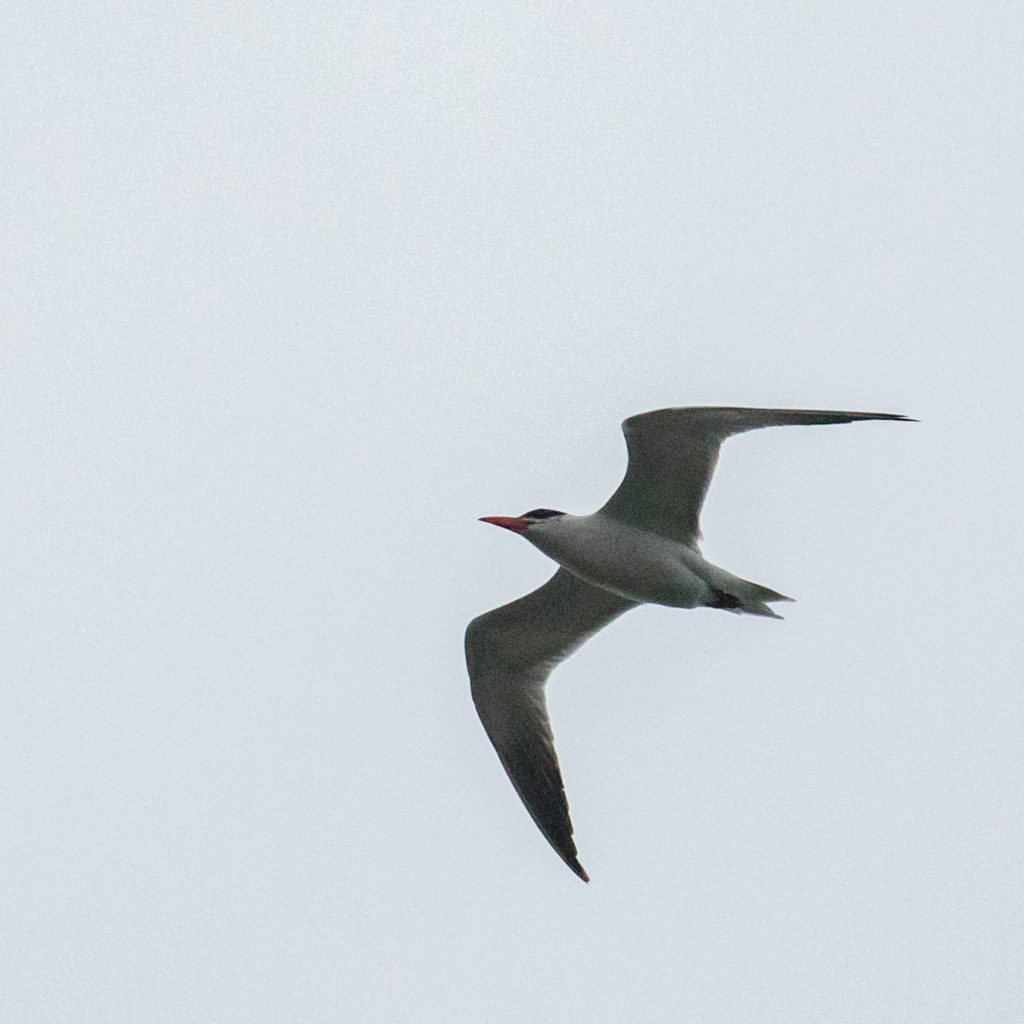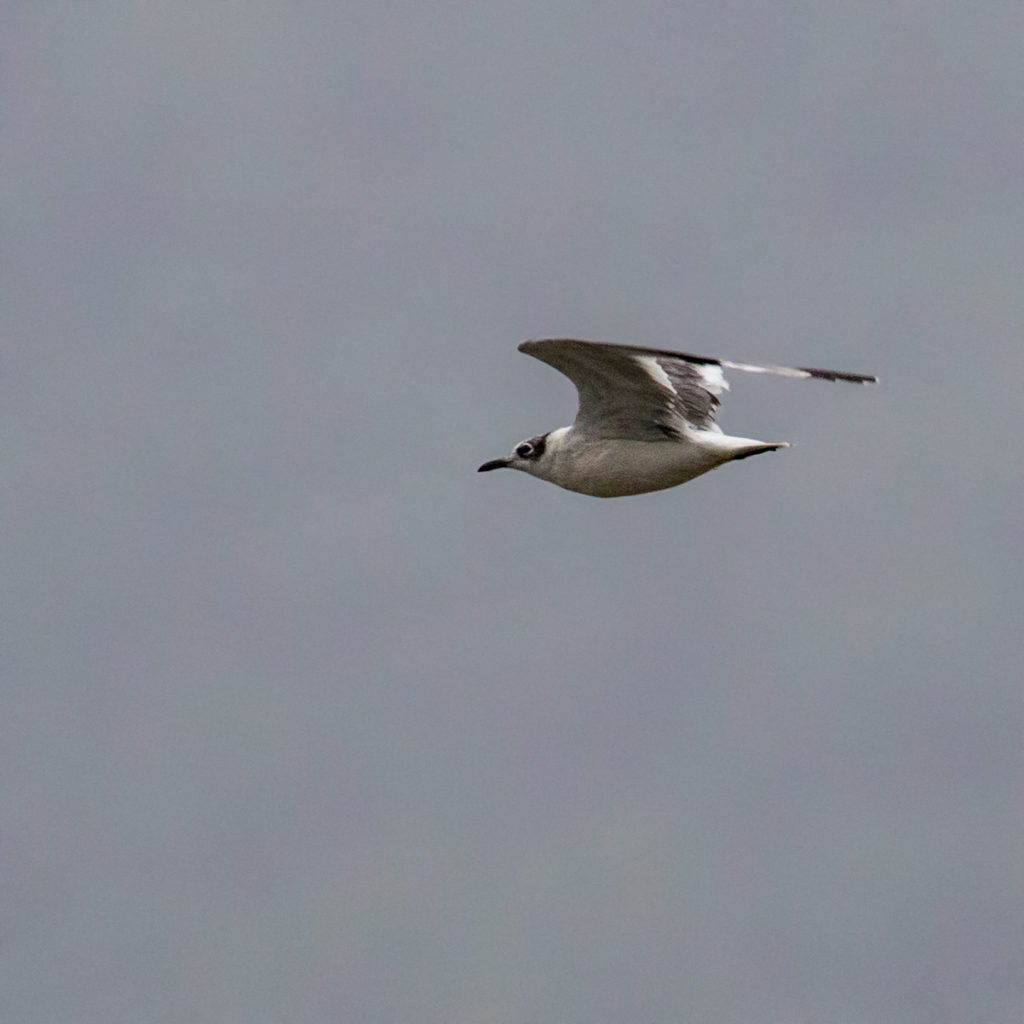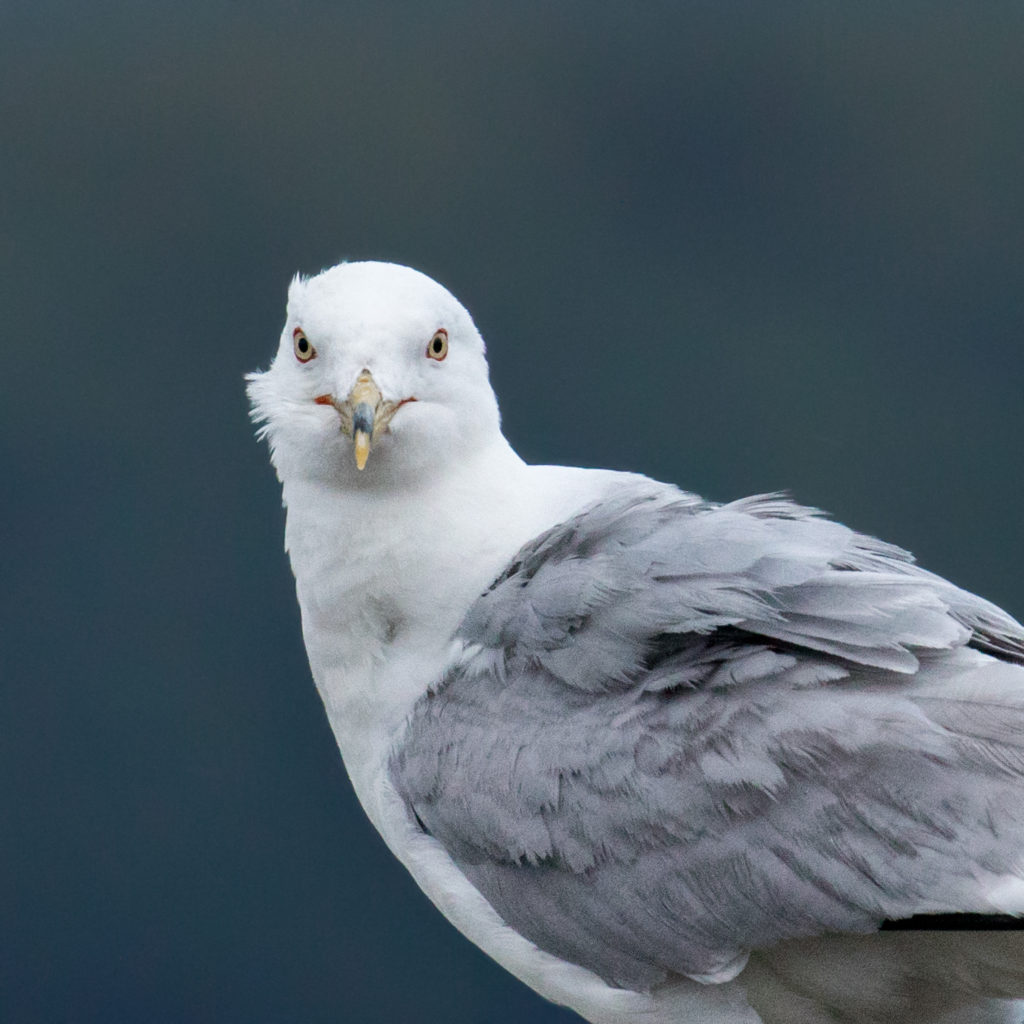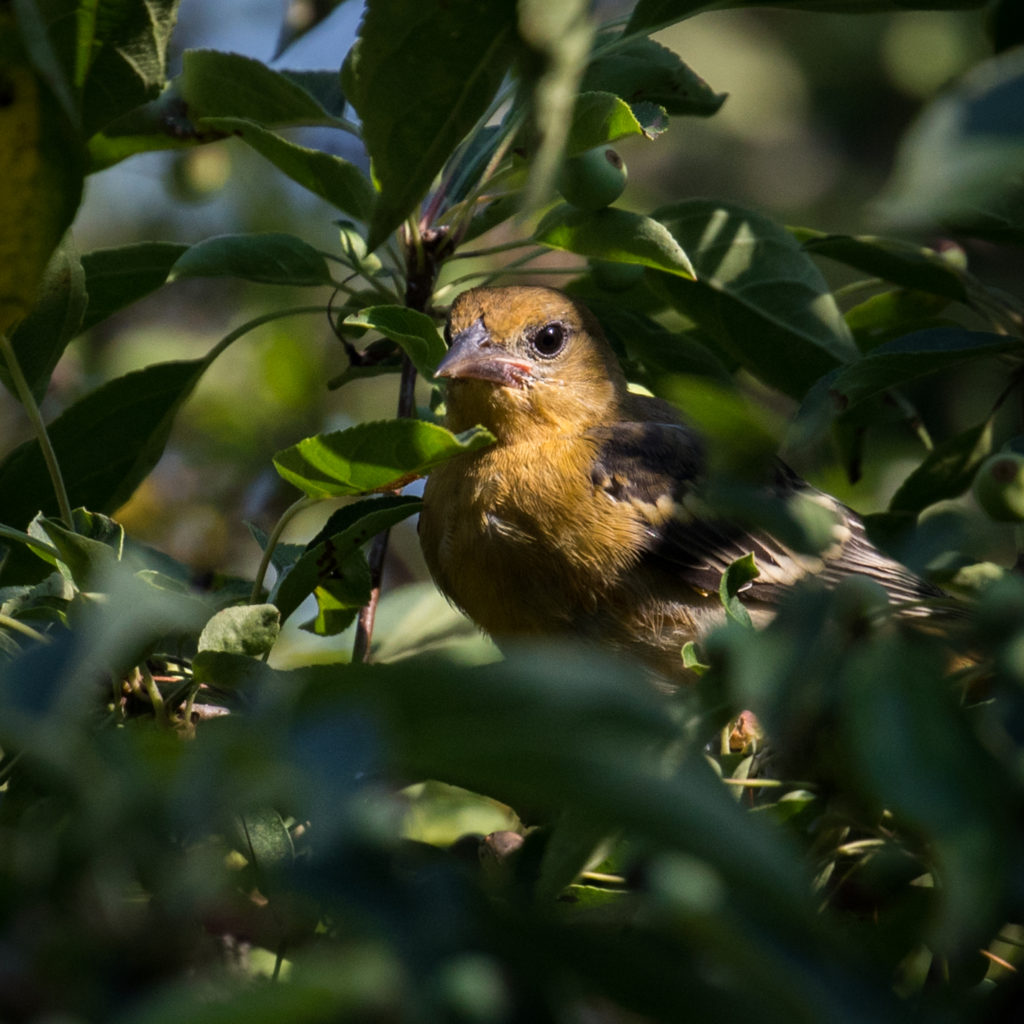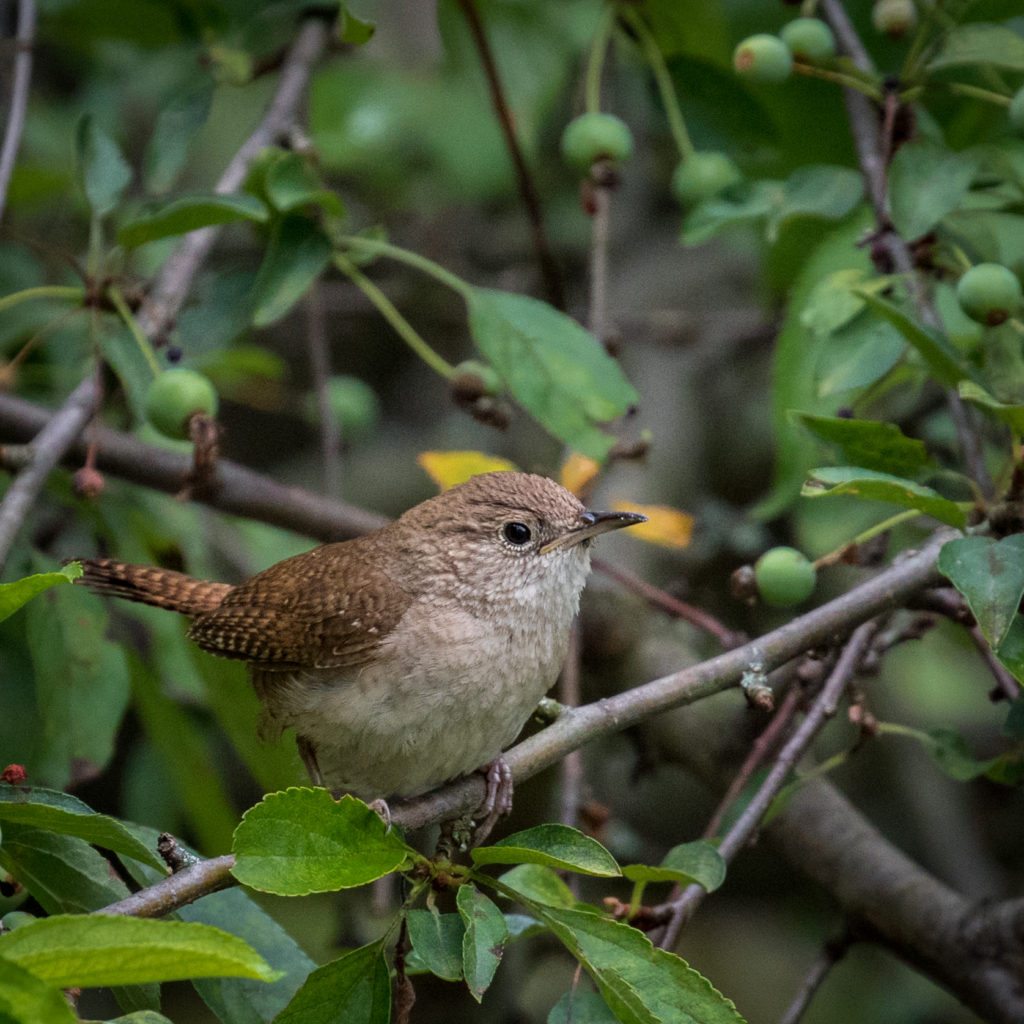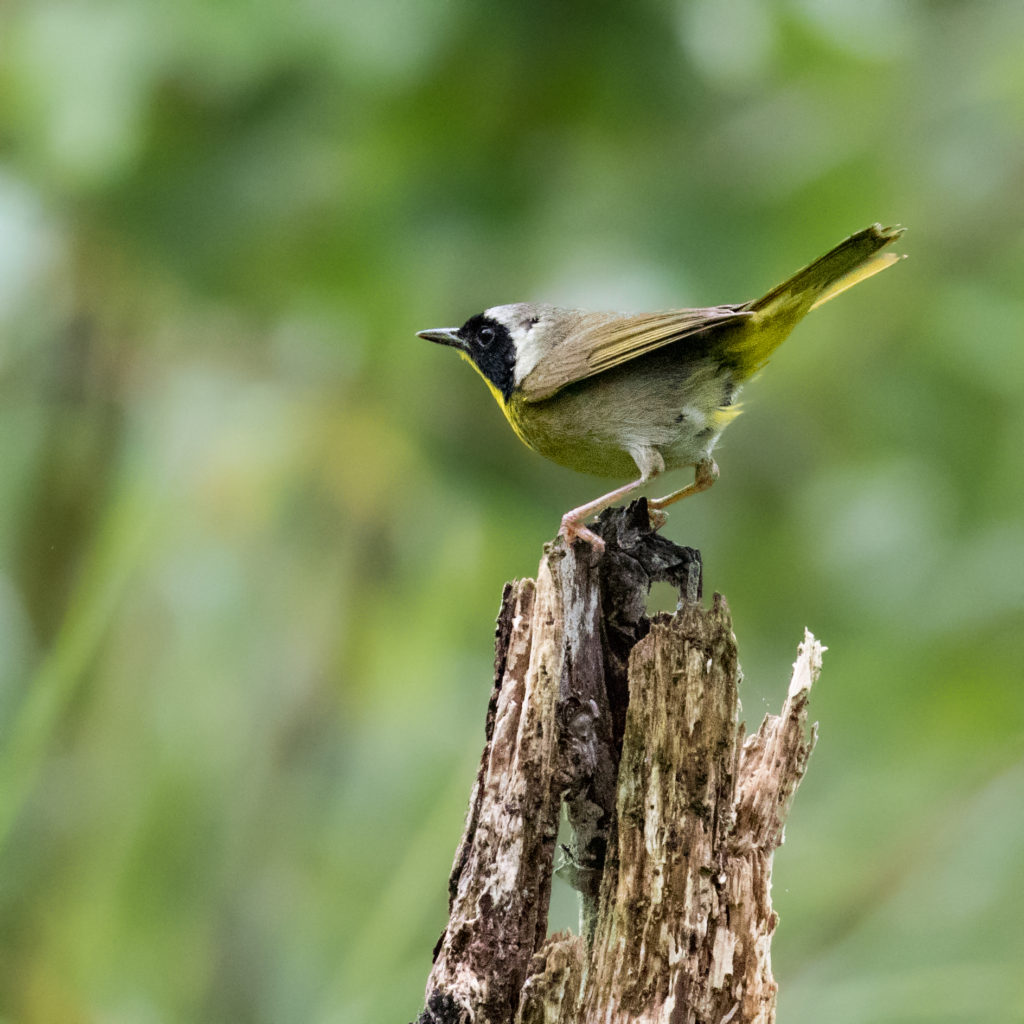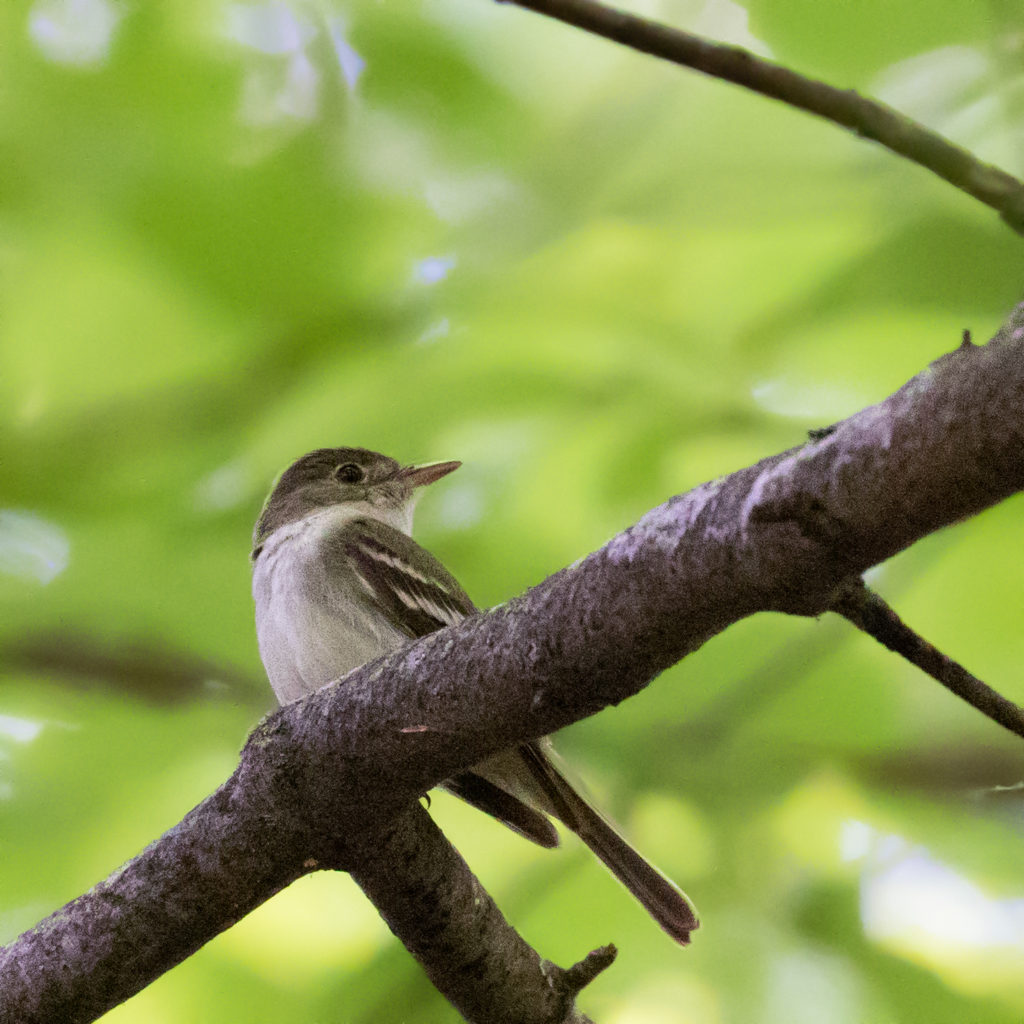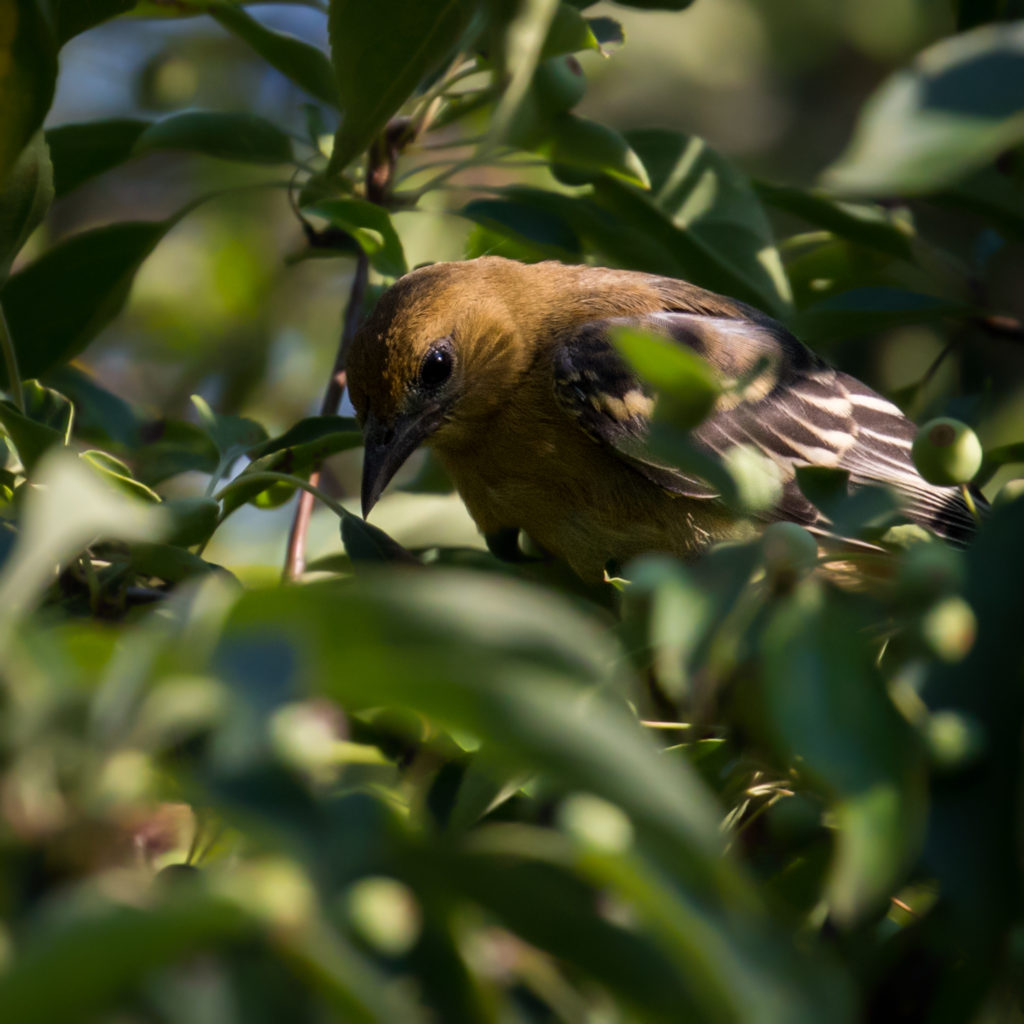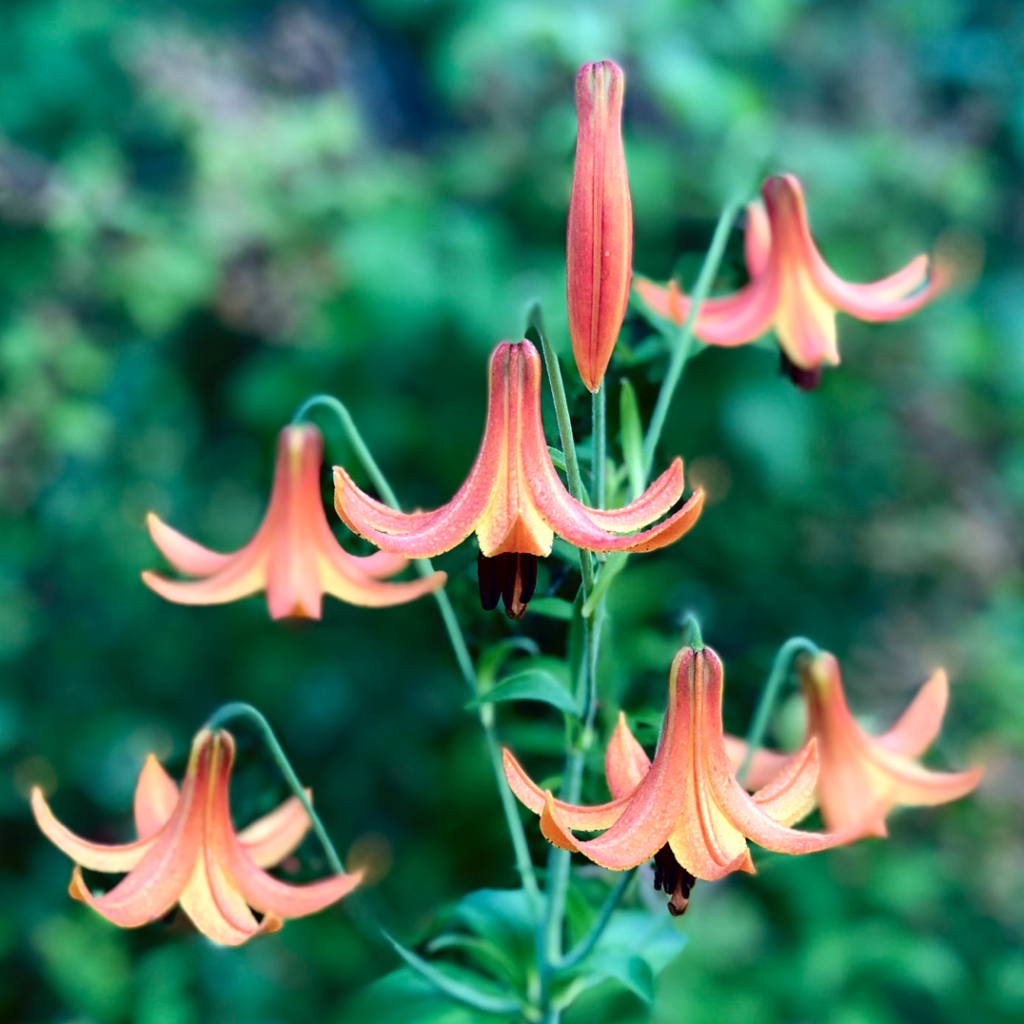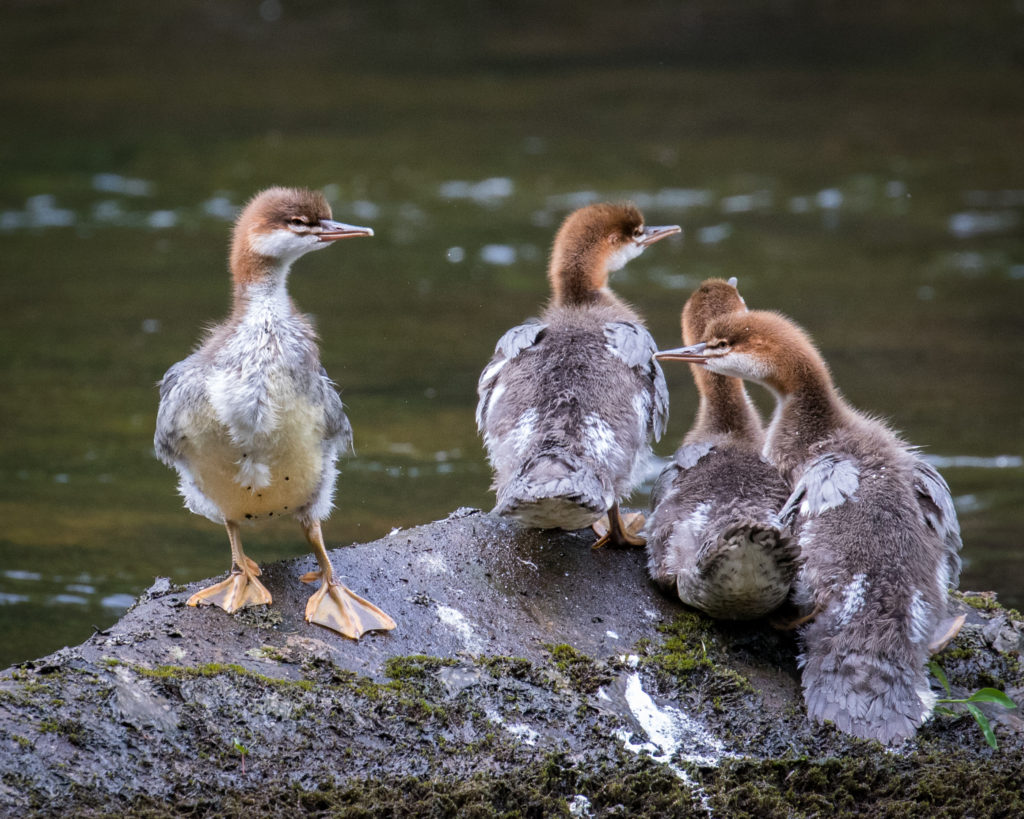Tricia and I spent the past week on vacation in East Boothbay, Maine. On Monday, we went on a Puffin Watch cruise to Eastern Egg Rock Island. The watch is run by Hardy Boat Cruises, and we headed out on the Hardy III from their dock located in New Harbor. The watch is only 1 1/2 hours long, but because Eastern Egg Rock is only five miles out, most of the time is spent viewing the birds.
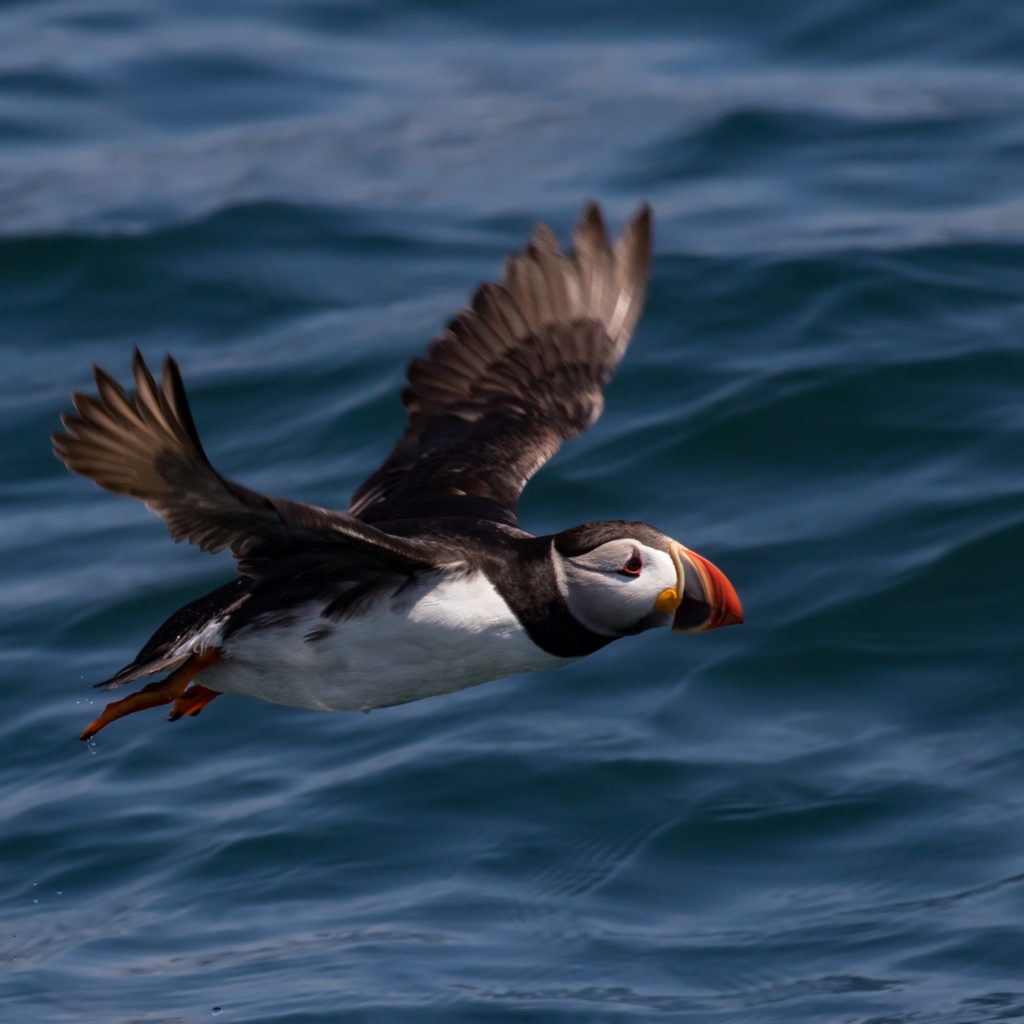
I wasn’t sure if they would be operating due to Covid-19, but fortunately they were. As a precaution, they were only filling the boat to 43% capacity, and masks were mandatory, so that made me comfortable with going. Plus, puffins. The watch we attended was not sold out, so we ran at less than 43%, which allowed for ample social distancing. My one complaint is that they start at noon, which is the worst time of the day for photos. If the demand calls for it, they will do a second watch in the evening, but unfortunately, that wasn’t the case while we were there. And, it was a hot, bright, sunny day. But, I was happy with my photos in spite of the harsh light.
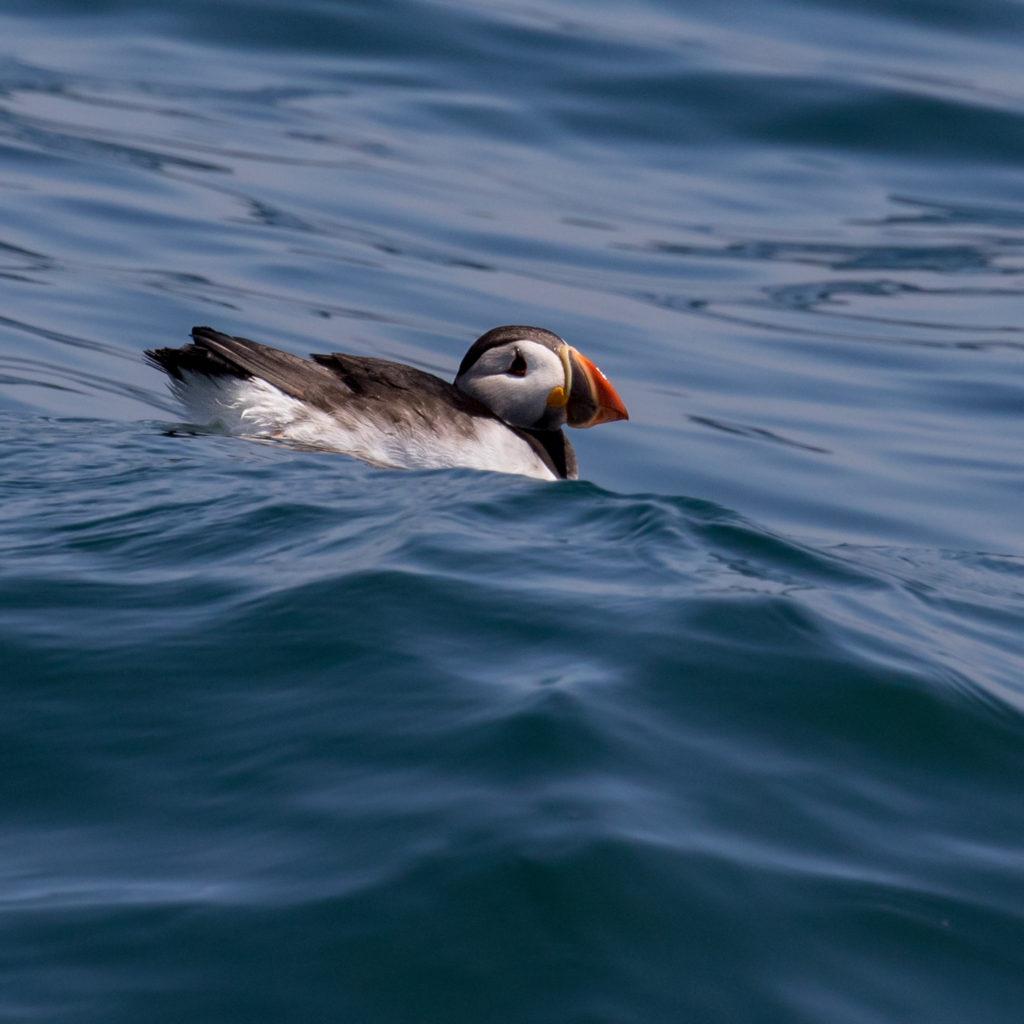
The Atlantic Puffins, of course, stole the show. The island now has 188 breeding pairs of puffins on it. As we neared the island, it became apparent how numerous the puffins were; they were on the island, in the water, and flying through the air. It’s always exciting to see puffins, and to have so many around us was awesome. I was clicking away, hoping to get some decent shots and hoping that my settings were okay for the harsh sun.
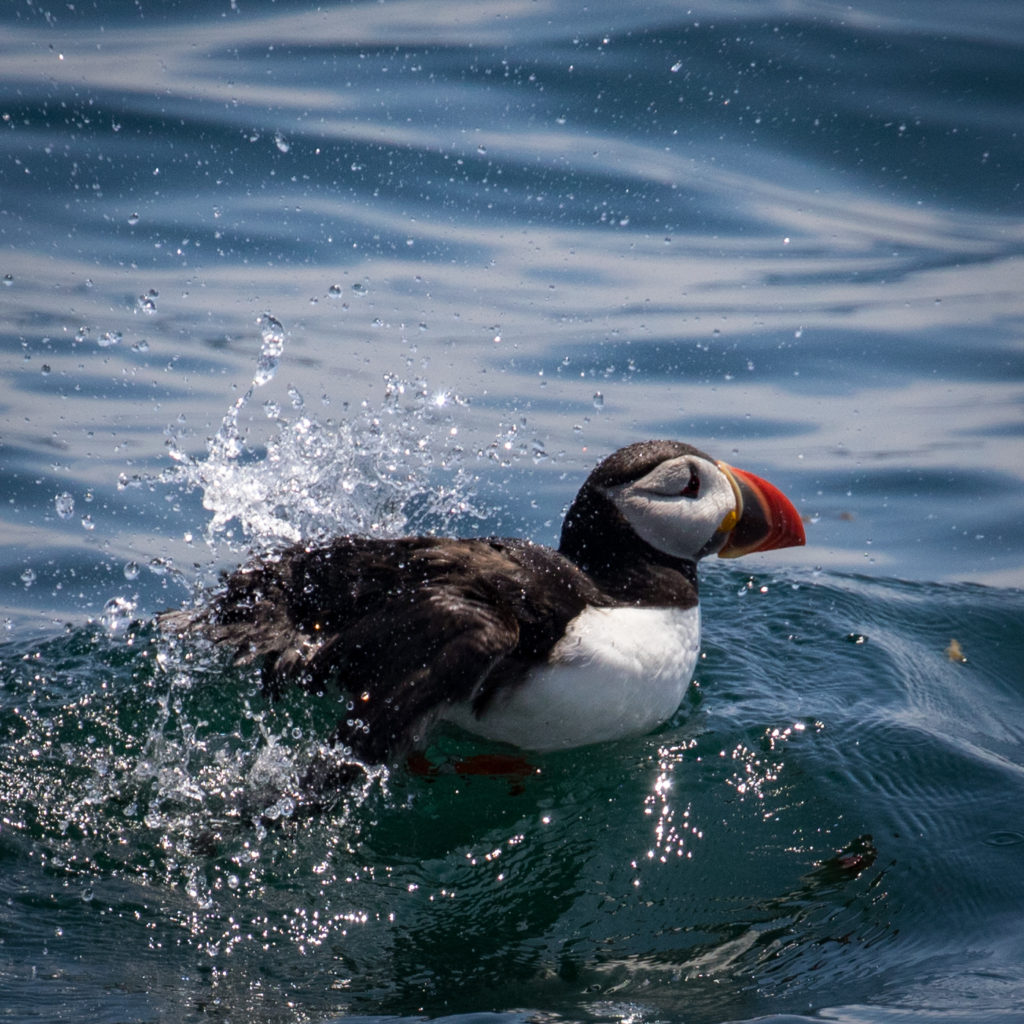
Also breeding on the island are Black Guillemots and 3 three species of terns: Common, Arctic, and Roseate. I enjoyed the Black Guillemots; they were regularly zipping past the boat in quick direct flights. I did terribly with tern photos and tern identification – it’s hard when things are happening so quickly and plus I was mostly focused on the puffins. We went on the same watch back in 2014, and at that time they had an Audubon Naturalists on board who were able to easily ID the terns in flight and point them out. This year, due to Covid-19, that wasn’t the case, so I struggled. I tried to take as many photos of terns as I could, but all my shots appear to be Commons except one Arctic. In lieu of the naturalist, the Captain narrated the watch. He was knowledgeable and he was able to maneuver the boat deftly even though we had high winds and it was quite lumpy. At one point he was explaining how Great Black-backed Gulls were the number one puffin predator, and just as he finished saying it, a Great Black-backed Gull snatched up a Common Eider duckling, only to be chased off by a ferocious mother eider.
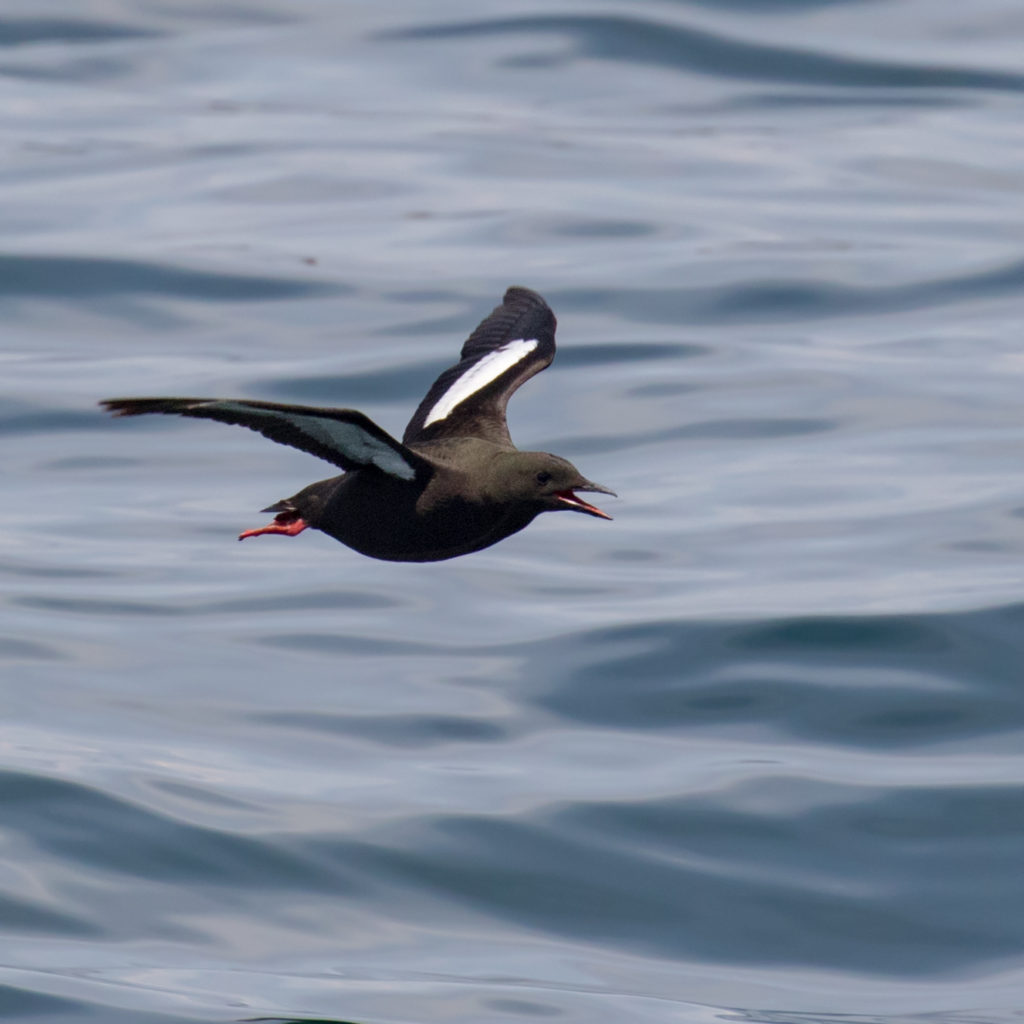
This was by far my best experience with Atlantic Puffins to date. In 2014 we had a more diverse species list, but the dense fog made for tough viewing once we got out to Eastern Egg Rock Island. I believe the puffins on EER are the southernmost breeding Atlantic Puffins and for many of us the best chance to see these wonderful birds. If you are heading up to Maine, definitely put this watch on your list.
